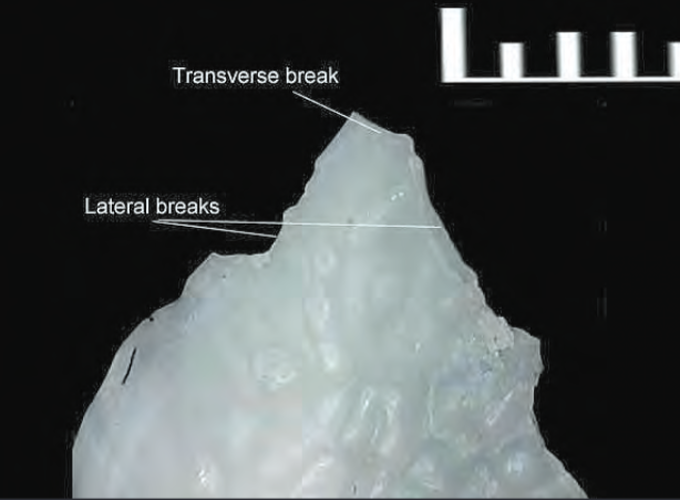

Durable scales of garfish (Family Lepisosteidae) are frequently recovered from Archaic to Late Prehistoric archeosediments in the southeastern United States. Archeological gar scales have typically been interpreted as food refuse, but some researchers have argued that they may also represent curated tools. Scales of the largest garfish species, the alligator gar (Atractosteus spatula), are similar in size and shape to chipped stone arrow points. Patterson (1994, 2001) recognized numerous alligator gar scale arrow points in the greater Houston Area. Many of these possible alligator gar scale arrow points (” PAG-SAs “) were reportedly shaped by abrasion. Yet these specimens were never adequately illustrated nor were these observations supported by experimental data. Objective criteria are needed for evaluating PAGSAs more thoroughly.In this paper we outline the results of an experimental archeological study aimed at establishing criteria for recognizing alligator gar scale points. Anthropogenic modification of gar scales in the form of (1) pressure flaking, (2) shaping via abrasion and (3) ballistic impact damage are explored. Our results indicate that alligator gar scales are effective projectile tips that develop impact characteristics similar to those observed in chipped stone points. Moreover, gar scales require little modification to make suitable projectile tips. Ultimately the indicators of scale modification are unlikely to survive in archeological samples. Future assessments of archeological gar scales should focus on context and statistical evaluations of selectivity in scale shape.